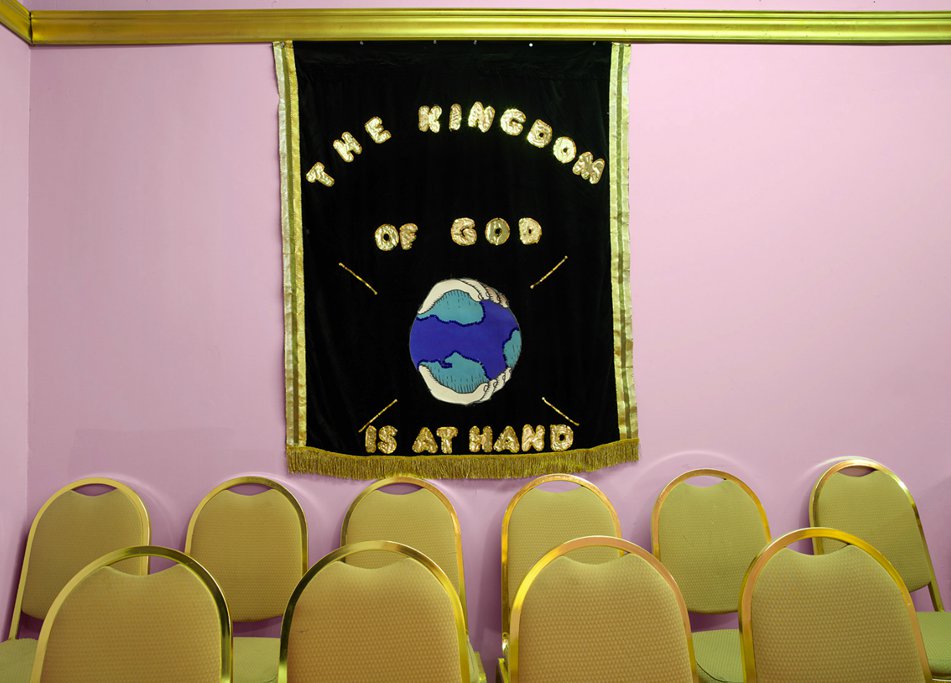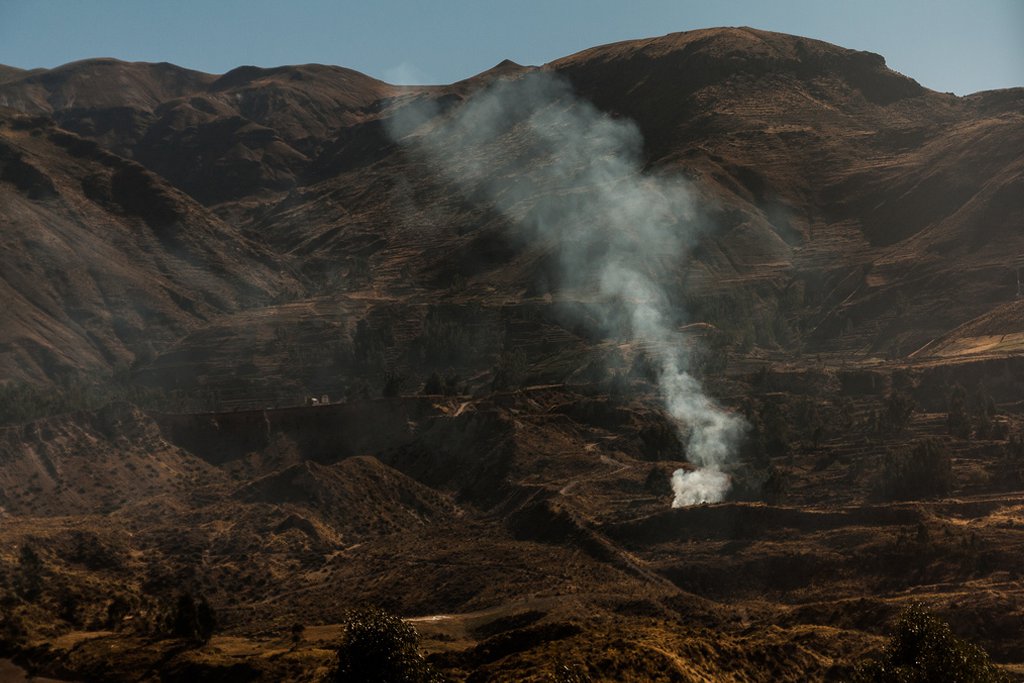Matthew Nighswander
Une partie de l’équipe fill-in a émigré pour un temps à Chicago ! Nous pensons que c’est une belle opportunité pour partager des découvertes faites outre-Atlantique. Aujourd’hui la parole est donnée à Matthew Nighswander.
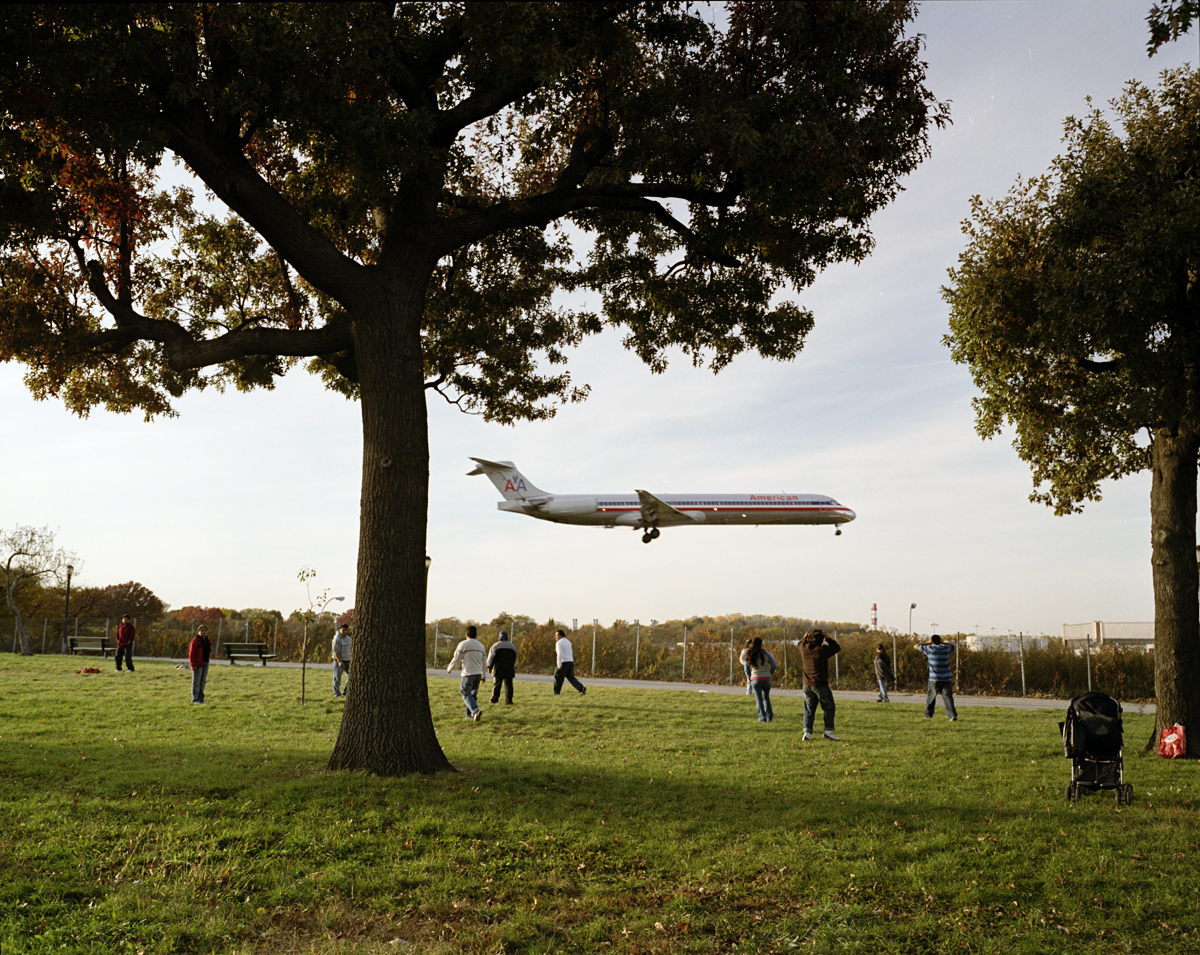
Matthew Nighswander, Chicagoland
I began photographing seriously in college, when I was introduced to the work of Robert Frank and Garry Winogrand. After college, living In New York City , I continued working in the black-and-white street photography tradition, looking for odd juxtapositions and humorous incongruities. Mostly I used a run-of-the-mill Pentax SLR during this period, but eventually, after a particularly lucrative freelance job (for which I was wholly unqualified), I was able to purchase a Leica.)
J’ai commencé à faire sérieusement de la Photo à l’université, quand j’ai découvert le travail de Robert Frank et Garry Winogrand. Après l’université, vivant à New York, j’ai poursuivi mon travail en noir et blanc dans la tradition de la *Street Photography* : capturant l’étrange, les juxtapositions incongrues et humoristiques. Durant cette période, j’ai surtout pris l’habitude de travailler avec un Reflex Pentax, mais finalement, après un travail en freelance particulièrement lucratif (pour lequel je n’étais pas du tout qualifié), j’ai pu m'acheter un Leica.
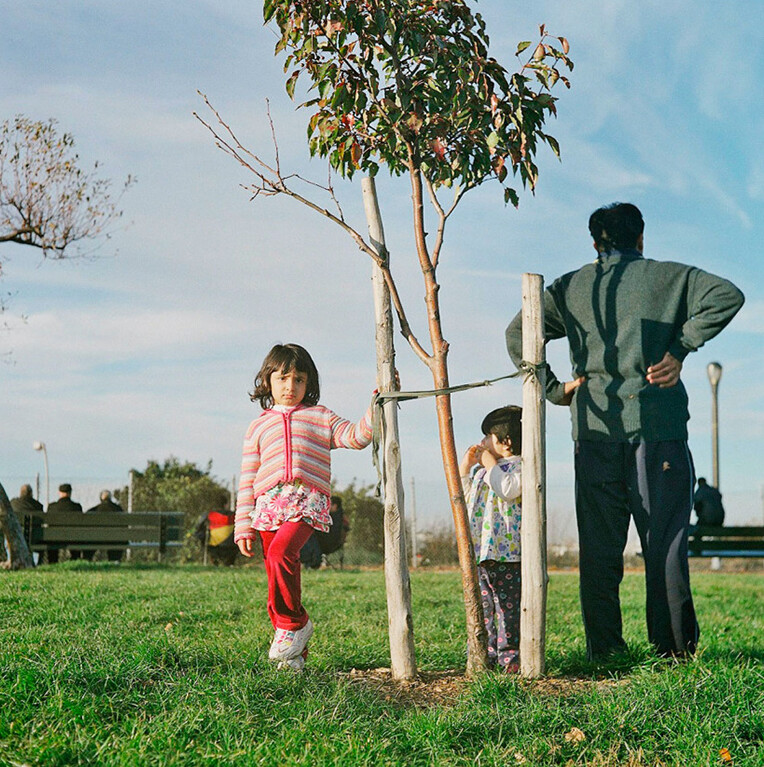
Matthew Nighswander, Chicagoland
When I decided to pursue a graduate degree I was eager to leave New York because I felt that a new city would help re-energize my work. I was accepted into the M.F.A. program at Columbia College Chicago, where I quickly switched to color photography and began work on the ‘chicagoland’ series. When I first moved to Chicago, I was slightly confused by the term « Chicagoland, » and didn’t understand that it refers to the Chicago metro region. I heard it used in TV and radio ads when I wasn’t quite paying attention and I wondered initially if it might be an amusement park or an enormous mall. I chose « chicagoland » for the title of my project not because I was interested in documenting the wide expanse of the Chicago urban region (in fact, the vast majority of the pictures were all shot within Chicago’s city limits) but because of the psychological space the word implied to me. The pictures were taken in Chicago, but the best ones seem only loosely tethered to the reality from which they spring. They provide too little information to function as documents but they’re not quite free-floating fantasy either. I was interested in the ominous mood and sense of foreboding that a photographer like Gregory Crewdson could create in his intricately constructed pieces, but it felt more meaningful to me, ultimately, to have this connection to the world as it is.
Quand j’ai décidé de poursuivre mes études jusqu’au Master, j’étais impatient de quitter New York parce que je sentais qu’un nouvel environnement apporterait un nouveau souffle à mon travail. J’ai été accepté à l’université Colombia de Chicago, où je me suis rapidement tourné vers la Photographie couleur, et j’ai commencé ma série « Chicagoland ». En arrivant à Chicago, j’ai été un peu troublé par le terme « Chicagoland », et je n’avais pas compris qu’il faisait référence à l’agglomération de Chicago. J’ai entendu cette expression à la télévision et à la radio lors d'annonces publicitaires, lorsque j’étais totalement ailleurs, et pas réellement attentif. Je me suis demandé dans un premier temps si ce n’était pas un parc d’attraction ou un gigantesque centre commercial. J’ai choisi « Chicagoland » comme titre pour mon projet, pour ce qu’il m’inspirait. Je ne voulais pas faire un documentaire sur toute la superficie urbaine de Chicago, (en réalité la plupart de mes images ont été prises dans l’enceinte de la ville). Les images ont été prises à Chicago, mais les meilleures semblent être détachées de la réalité urbaine de Chicago. Elles apportent trop peu d’informations pour être considérées comme un documentaire, mais elles ne sont pas non plus totalement détachées de la réalité. J’ai été intéressé par les ambiances noires de la ville et par tout ce qui s’en dégage, en référence au travail de Gregory Crewdson qui met en scène l’envers du rêve américain de manière surréaliste. Finalement, il était pour moi plus sensé de réussir à capturer ces scènes dans le monde tel qu’il est.
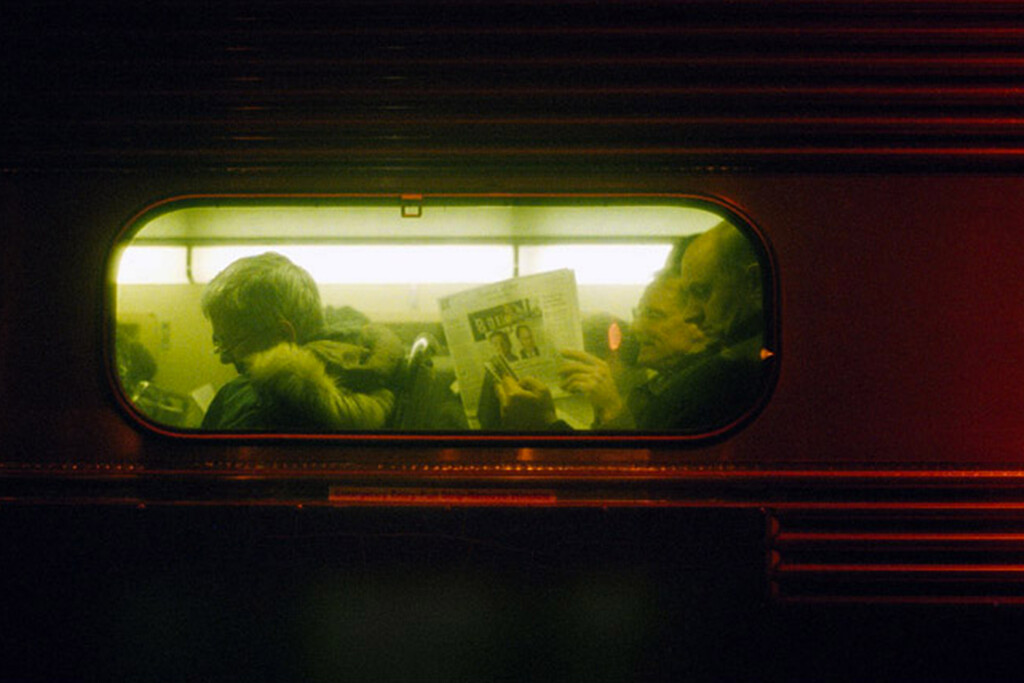
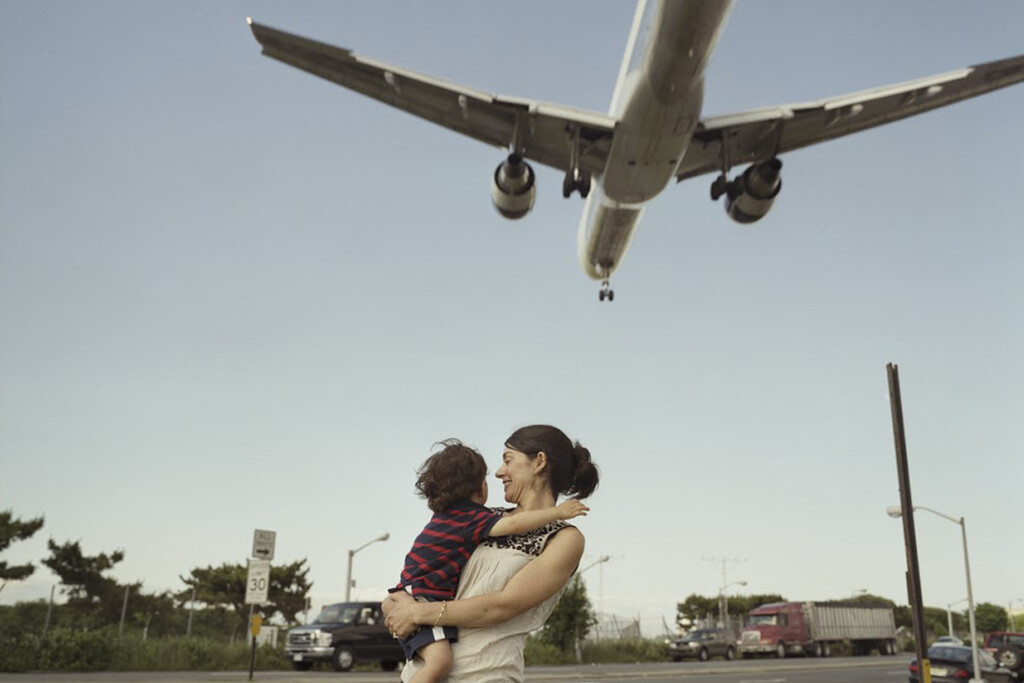
Matthew Nighswander, Chicagoland
While shooting ‘chicagoland’ I transitioned into medium format, first on a twin lens reflex with waist-level viewfinder and then settled on a rangefinder Mamiya 7 as my main camera. A few of the pictures, like ‘Chandelier,’ above, were shot with a 4×5 view camera. ‘Chained’ started as subset of the ‘chicagoland’ series but I’ve continued shooting pictures for this series since leaving Chicago, so I hope to update my website shortly to reflect this expanded vision. ‘Chained’ examines the place of chain stores in our commercial landscape. Titles play an essential role in this series, revealing information deliberately obscured by the photographs. Concealing the names of these establishments is an aesthetic strategy, certainly, but also a small gesture of resistance, however slight, against these stores’ desire to trumpet their identity in bold neon. Ultimately, it is a futile gesture, because while the signage and names of the chain stores are never clearly pictured, their architectural branding is such a common sight that they are often identifiable, nonetheless. If these pictures are about sprawl and the forlorn spaces of generic commercial architecture it is at least partly because these spaces are where the transformative powers of photography can have the greatest effect; where the photographic image can create a sense of drama and psychological tension that may not have been present in the original scene.
Pendant que je prenais des photos pour mon projet « Chicagoland » , j’ai changé pour du moyen format, dans un premier temps pour un Lens reflex *waist-level viewfinder* et après j’ai travaillé principalement avec un *rangefinder Mamiya 7*. Quelques-unes d’entre elles, comme « Chandelier », en particulier, ont été prises en 4×5. La série appelée « Chained » a commencé à se substituer à la série « Chicagoland », même si je continue à prendre des photos pour cette série depuis que j’ai quitté Chicago. Et j’espère actualiser très prochainement mon site web pour qu’il présente aussi cette partie de mon travail, plus étendue. « Chained » traite des chaînes de magasins au sein de nos paysages commerciaux. Les titres jouent un rôle essentiel dans cette série, révélant des informations délibérément tenues obscures par le photographe. Dissimuler les noms des établissements fait partie de la stratégie esthétique mais peut être également perçu comme un petit signe de résistance, toutefois faible, contre ces magasins désireux de vanter leur identité par des affichages démesurés. En fin de compte, ce geste peut paraître vain, car malgré le fait que les logos ne soient pas clairement visibles, leurs identités visuelles et architecturales, ancrées dans notre inconscient, suffisent à les identifier. Si ces images traitent de ces lieux banals et tristes que sont les clichés de l’architecture des centres commerciaux, c’est parce que ces espaces peuvent être transformés par le pouvoir de la photographie, autrement dit, ces espaces sont incroyablement photogéniques. L’image photographique peut créer un sens dramatique et psychologique que l’on ne pourrait pas ressentir dans la scène réelle.
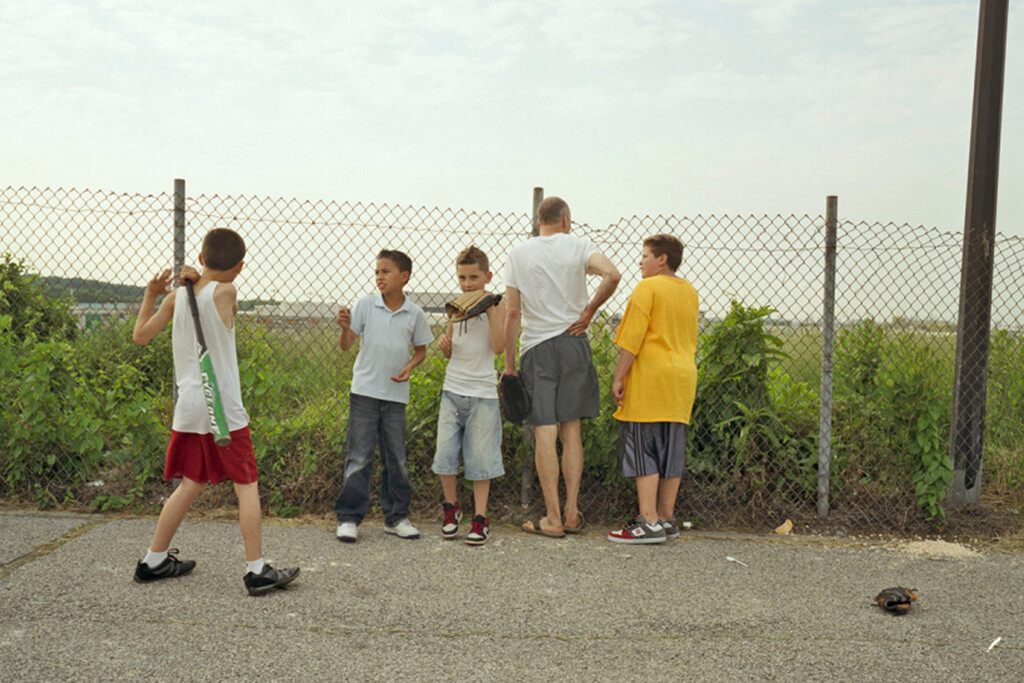
Matthew Nighswander, Chicagoland
The project I’m focusing most of my energy on at the moment is Waiting for the Jets: Planeview Park, Queens .The park is a rather scruffy, little piece of land that lies under the flight path of one of La Guardia Airport’s runways. Little more than an acre and bordered by chain link fence and a highway, it would hardly deserve notice if it weren’t for the planes that appear overhead when the runway is in use. Seeing a low-flying plane is bound to produce conflicting associations & emotions. These enormous objects can possess an otherworldly grace as they seem to float in the sky, but seeing and hearing so much hardened steel pass by so close can also trigger an instinctual fear. I’m hoping to capture some of this complicated response in my pictures.
Le projet pour lequel je dépense le plus d’énergie en ce moment est Waiting for the Jets : Planeview park, Queens. Le parc est plutôt délabré, un petit bout de pays qui s’étend sous la voie aérienne de l’une des pistes d’atterrissage du La Guardia Airport. Plus petit qu’un demi-hectare et bordé de clôtures grillagées et d’une autoroute, cela ne mériterait pas l’attention, si ce n’est pour les avions qui apparaissent dans le ciel quand la piste d’atterrissage est utilisée. Voir un avion voler si bas installe un dialogue conflictuel entre associations de pensées et émotions engendrées. Ces énormes objets flottant dans le ciel peuvent être le déclencheur d’un moment de grâce, tout en provoquant un sentiment de peur procuré par la vue et le bruit de ces imposants fuselages en acier passant si près de nous. Voilà ce que j’essaie de capturer.
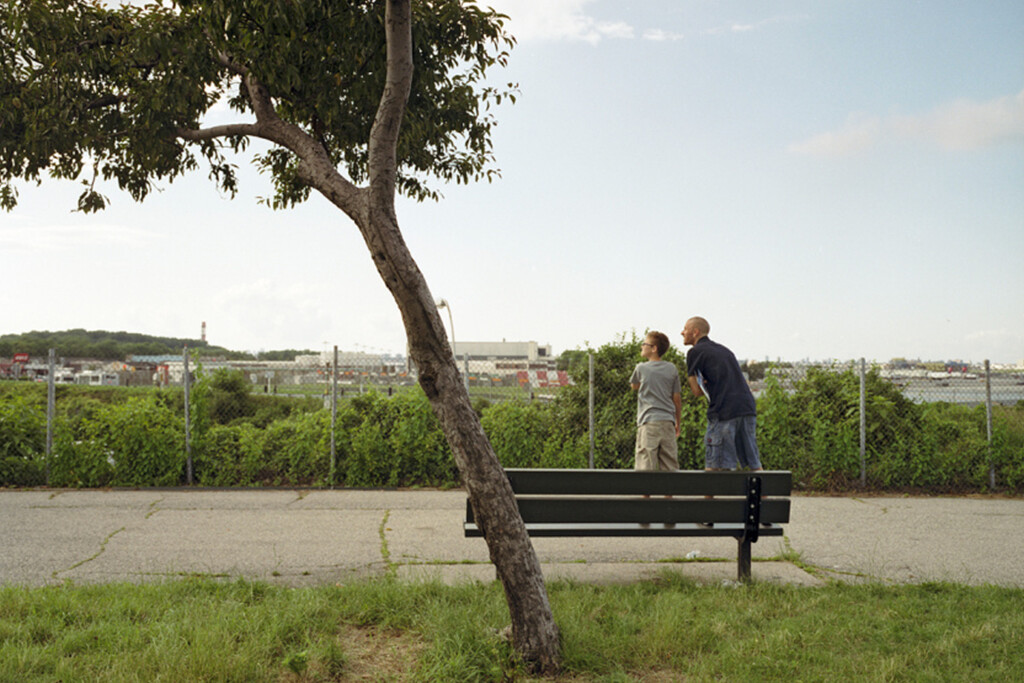
Matthew Nighswander, Chicagoland
Thank you Matthew for this interview and for waiting for the translation in French.
Merci à Matthew pour cette interview et pour sa patience pour les traductions.
